Top 10 Reasons SaaStr Annual 2025 Will Be Better Than Ever!! May 13-15 in SF Bay!
SaaStr
APRIL 14, 2025
With a New, AI Demo Stage from 100+ Top AI Start-Ups! If youre serious about scaling software, you cant afford to miss it. It’s 50% about the intersection of AI + B2B, 50% about GTM in 2025+, and … 50% about helping you meet the best of the best! It’s May 13-15 in SF Bay, again on our 40+ acre indoor-outdoor campus !


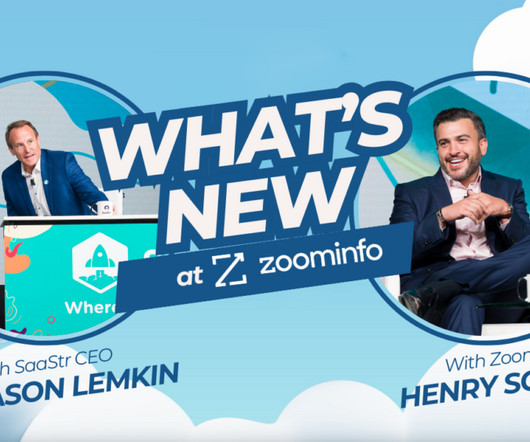





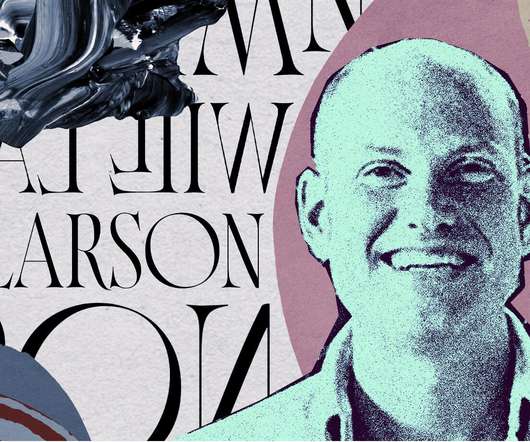
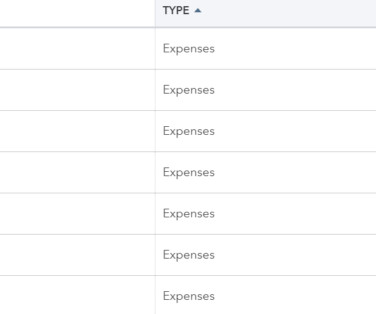
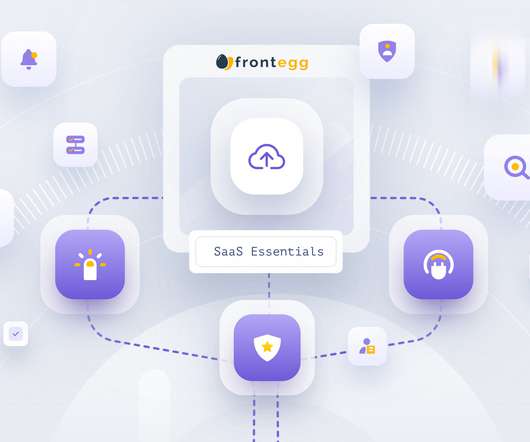
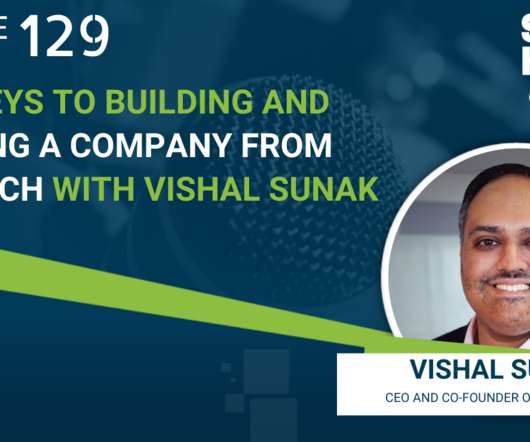


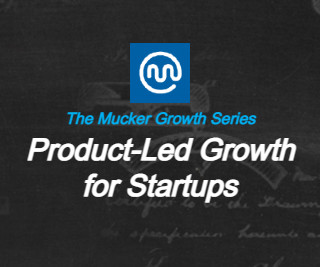

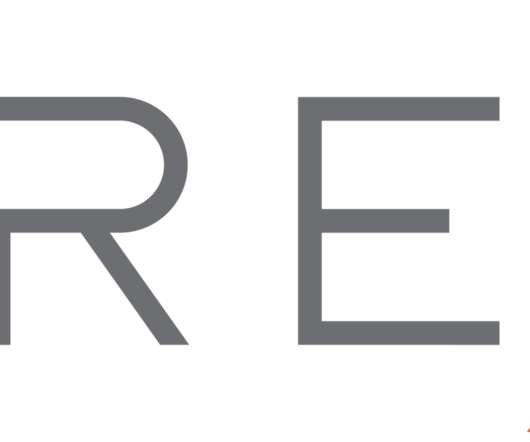
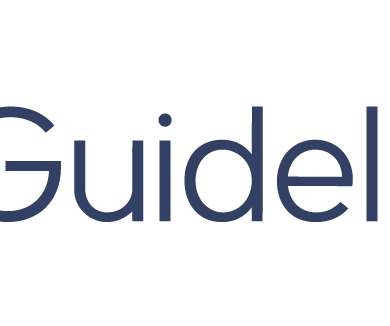

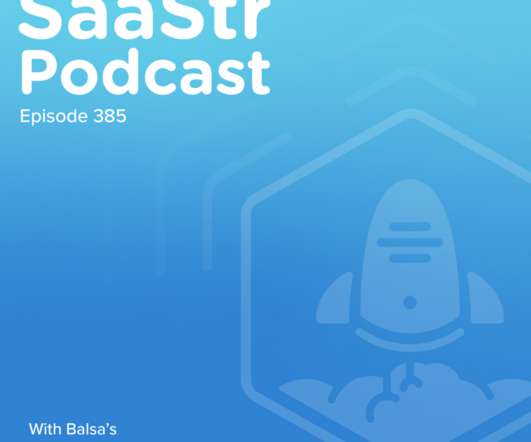

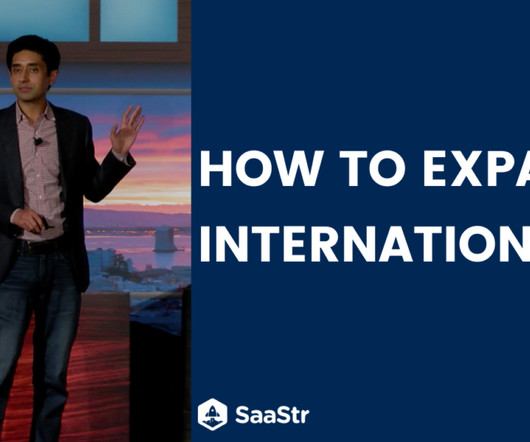








Let's personalize your content